Heike Monogatari’s TV finale contained just its second substantial portrayal of armed conflict, following episode 5’s Battle of Uji Bridge. One might think it a bit strange that a military epic would be so light on big battle scenes, but then, Heike Monogatari was never really about action or strategy. It was about family – a family doomed to extinction by its patriarch’s pride, but which still experienced closeness during its brief time on earth. It was about fate, and one girl’s journey to accept that although she could see it, she could not change it. It was about death, and the ways that humanity grapples with its inevitability: succession, spirituality, storytelling. It was a series with some structural problems, but which occasionally rose above those problems to deliver transcendent moments, with the greatest moment of all arriving during its final minutes.
It was a fine animated series – one of my favorites of the year. But before we discuss how fine or favorable it was, we’ve got to talk about how mightily it struggled to depict naval combat.
Putting the Battle of Dan-no-ura on screen was always going to be this show’s biggest challenge, at least from a storyboarding and animation perspective. The climactic event of the Genpei War, Dan-no-ura’s prolonged maritime conflict meant arranging dozens of ships to clearly display the shifting tide of the battle, all while cutting between Taira and Minamoto points of view. Heike Monogatari’s account of the fighting was somewhat difficult to follow, since it spent a lot of time locked into close-ups of Tomomori pushing things (shields, people, gigantic ships) and minimized wide shots where the positions of the competing fleets could be clarified. The episode relied heavily on reports given to Munemori and Yoshitsune to communicate how the battle was progressing, as well as omens like the pod of dolphins and the change in wind direction to represent the Genji’s resurgence. Even when we did get broader looks at the arrangement of the two fleets, they were rudimentary in nature – Taira ships on one side, Minamoto ships on the other, lots of short black lines arcing between them to represent the exchange of arrows. That the vast majority of ships were CG gave the conflict a sort of precise, angular feeling, and I can’t imagine many historians would use those words to describe a 12th century sea skirmish.
The biggest issue with the battle’s depiction, though, was its failure to show Minamoto ships approaching the emperor’s location. After receiving word from Tomomori that the tide had shifted in the enemy’s favor, Kiyomori’s widow Tokiko began preparing for a double suicide along with her grandson, Emperor Antoku. Her daughter Tokuko uttered no word of protest beyond, “Mother!” And yet there was no effort made to show the Genji’s advancement on their position, which might have compelled this sort of utter resignation. Yoshitsune’s forces were still some distance away when Tokiko suggested “going to paradise,” and by the time she and the Emperor emerged onto the deck for one final prayer, they were surrounded by Genji boats (whose occupants stood and watched as she cast herself and her grandson into the sea). Perhaps it’s just my modern distaste for the concept of ritual suicide interfering with my suspension of disbelief, but I find it hard to accept that Tokuko would have gone along with her mother’s plan without a clearer understanding of their imminent capture. Shots of Genji ships approaching from multiple angles at a medium distance, an instance of barbarism from a particularly ruthless enemy captain – it feels as though something along these lines should have been included to merit Tokuko’s compliance with her mother’s unthinkable plan.
Tokuko’s own suicide attempt, executed just moments after her son’s death, was foiled thanks in part to the braid that Biwa had previously threaded into her hair; a Genji soldier spotted it in the water and pulled her to the surface, where Biwa seized her hand and assured her that “your future continues!” And continue it did, in a spellbinding epilogue for which I have nothing but praise. I wish that I’d experienced even a fraction of its pathos during the emperor’s death scene, but I didn’t, and that (combined with the show’s unconvincing military climax) prevented this episode from being a favorite of mine. But the last six minutes or so? I’d rank them among the very best epilogues in anime’s recent history. Go-Shirakawa’s trek through the forest to visit Tokuko’s humble monastery was full of beautiful vegetation, and its slow pace gave him time to consider a bud on the branch of a sal tree, whose flowers are mentioned in the opening passage of the Tale of the Heike. Though the Taira family had largely been destroyed by this point, the soon-to-bloom sal flower, here representing rebirth, posed a contradiction to the man who had engineered their downfall. Go-Shirakawa then happened upon his intended companion in the midst of the forest, and they returned to her dwelling place to begin the series’ greatest conversation.
Tokuko, who had become a nun, had answers for all of the former emperor’s questions. “Don’t you feel constricted living in such a place?” A simple end was fitting for a life so full of both bliss and suffering. “I never meant to claim your whole clan’s lives…” They were still living at the bottom of the sea, safe in the Dragon Palace Castle she had seen in her dreams. And then, deeply moved by her demonstration of inner peace, “How can one overcome suffering?” Simply press your hands together and pray. After Go-Shirakawa had departed, Tokuko did just that, kneeling before an image of the Buddha and grasping a goshiki no ito (five-colored cord) that led to its hand, a Heian practice designed to ensure a dying person’s rebirth in paradise. Tokuko was dying, then, but not alone – her silent final words were matched with Biwa’s across time and space, and Biwa bore witness as her spirit (represented as a swallowtail butterfly, the Taira family’s emblem) took flight into the sky. The steady pan down the threads of the five-colored cord, first running in parallel and ultimately entwined, was surely meant to symbolize Tokuko’s long journey to join her family in the afterlife. Images of sal flowers returning to life provided hope for the Heike’s salvation, and soaring flutes seemed poised to carry their souls to a place where they could be together once more.
In the midst of all this, survivors of the Genpei War began to quote from Biwa’s masterwork, her tribute to the fallen family that once gave her a place to belong: the Tale of the Heike. First Go-Shirakawa, then Kumagai Naozane (Atsumori’s killer, who became a devout Buddhist later in life), then Shizuka Gozen (the shirabyoshi who appeared in the series’ later episodes), then Biwa’s mother, then a still-living Sukemori, and finally Biwa herself repeated the first line, but only Biwa read on… until Shigemori’s voice joined with hers in proclaiming the impermanence of all things. I was moved to tears upon hearing the show’s wisest and best character rejoin his adopted daughter for one final performance, and then terribly impressed when I considered the symbolism of the white spider lily (pictured in the grid above), which represents final goodbyes. This was his last communion with the orphan girl he had raised as his own child, but at the same time, he was never truly gone – he was merely waiting beneath the waves for his beloved family to join him. Tokuko’s death and spiritual rebirth, Biwa’s meditation on impermanence, and Shigemori’s final goodbye all coalesced in service of a sublimely meaningful scene – one that teaches us that, although nothing lasts forever, neither does anything truly end.
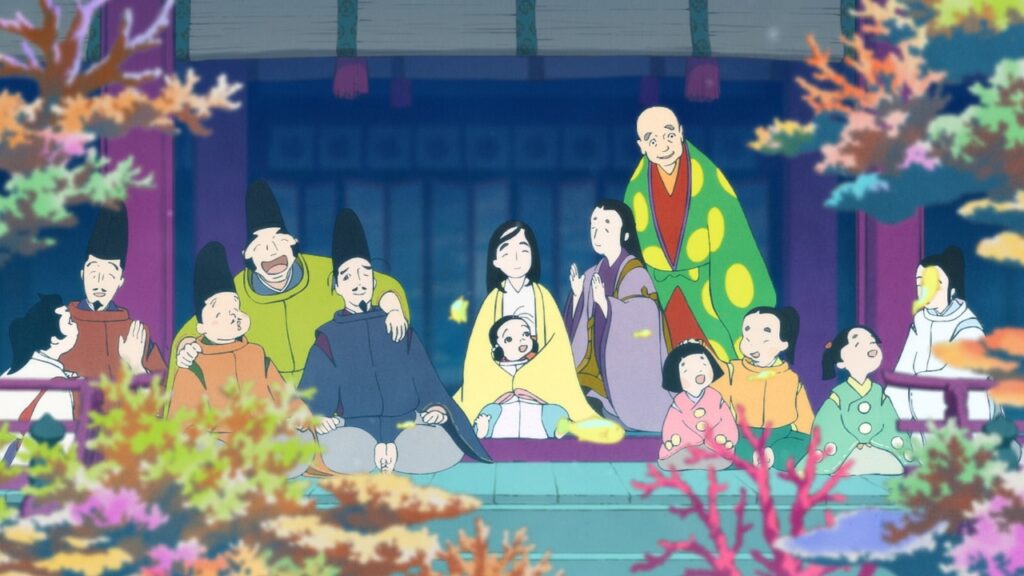

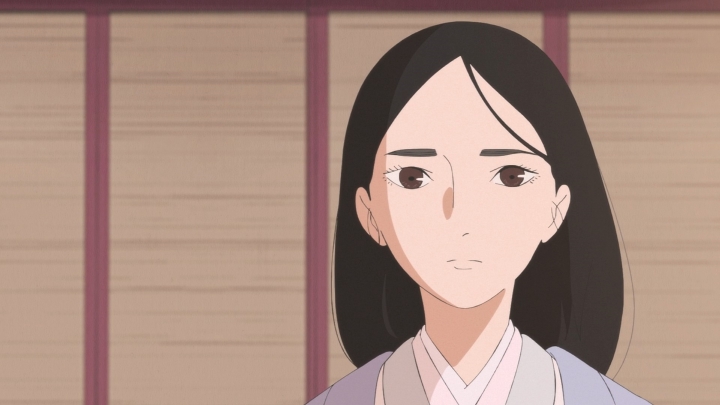
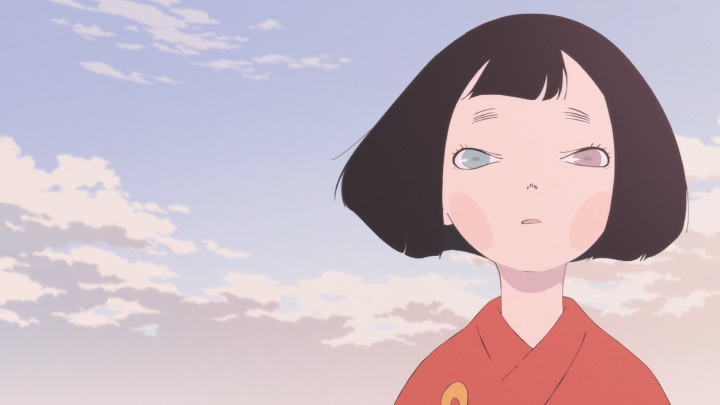
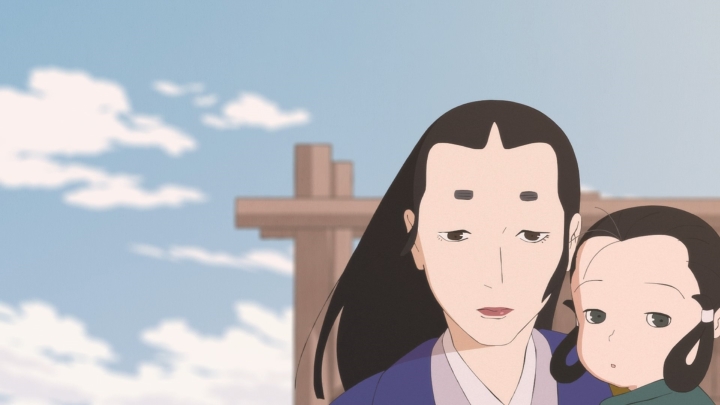
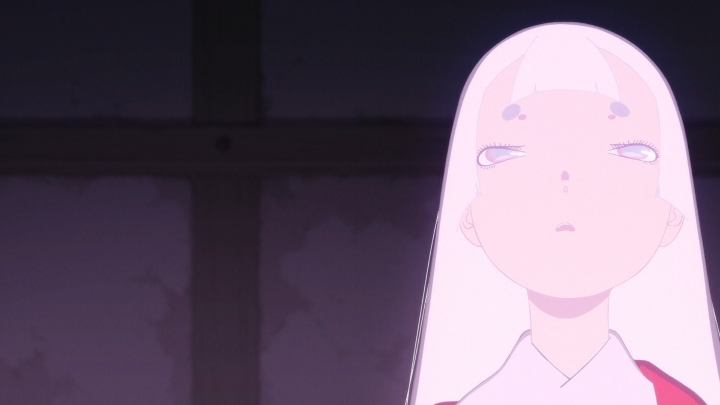
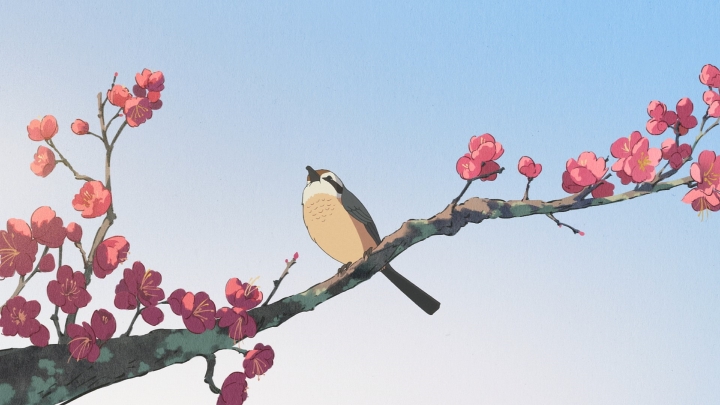
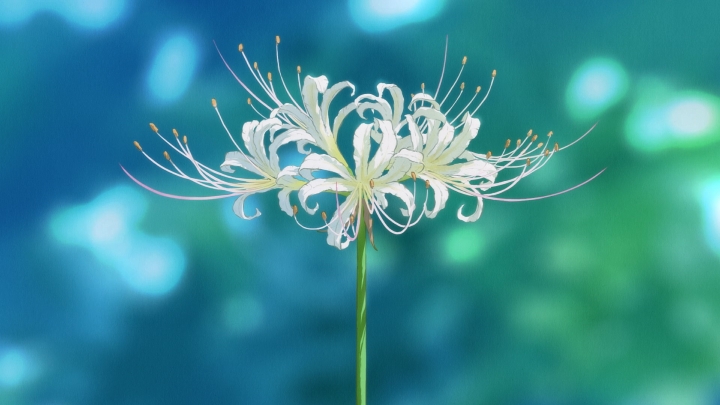
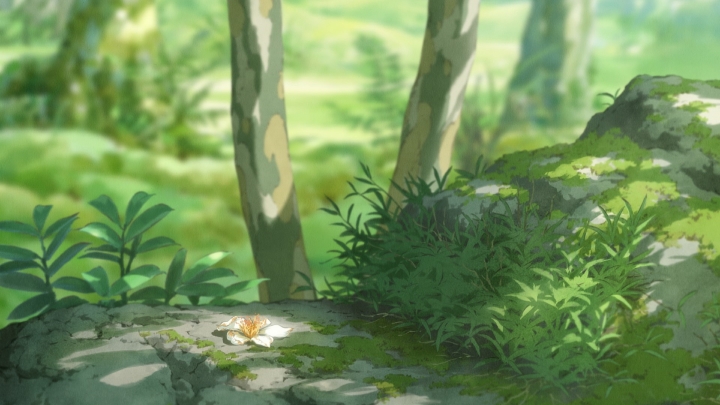
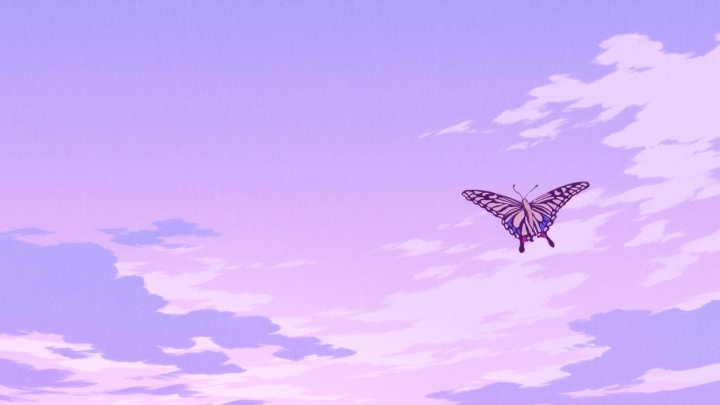
I dont rember the last time i cried so damn much. I binge watched the last 3 episodes and it hit me hard af. Everything that started with the forced suicide of the emperor and further into the ending was such a beautifully done and choreographed passing of frames and when i heard the first “Buddha bell tolls….”
I’m so glad you didn’t let the original source material cloud your judgement on this series unlike certain other reviewers who just tore it to shreds because of how it defiled the text. This show had its share of issues with the stories and characters, and sure, it chose not to do a faithful telling of the material (which iirc is not based on the famous English translations like Royall Tyler’s, but a more recent Japanese translation from 2016), but what Yamada seeked to do with the material given, she definitely accomplished with flying colors.